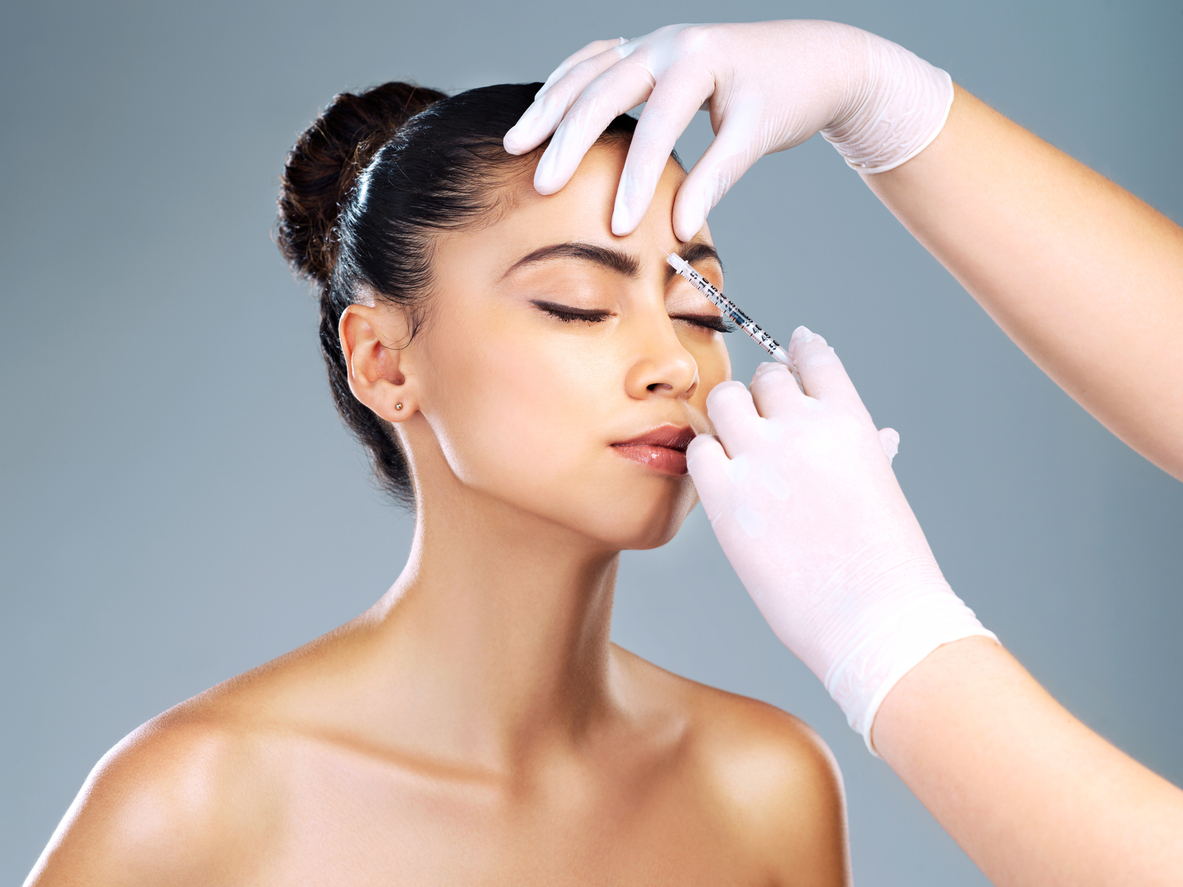
In recent years, the pursuit of eternal youth has driven many individuals to explore various cosmetic procedures. Among them, Botox has emerged as a prominent and widely used treatment for combating the signs of aging. This injectable neurotoxin, derived from the bacterium Clostridium botulinum, has gained immense popularity due to its ability to temporarily smooth out wrinkles and fine lines.
As the demand for Botox continues to soar, it is crucial to delve into the science behind its functioning, evaluate its long-term effectiveness, consider its additional benefits, address safety concerns, examine psychological effects, assess its longevity, manage maintenance and costs, compare alternative treatments, and discuss the ethical implications surrounding its usage.
Understanding how it works
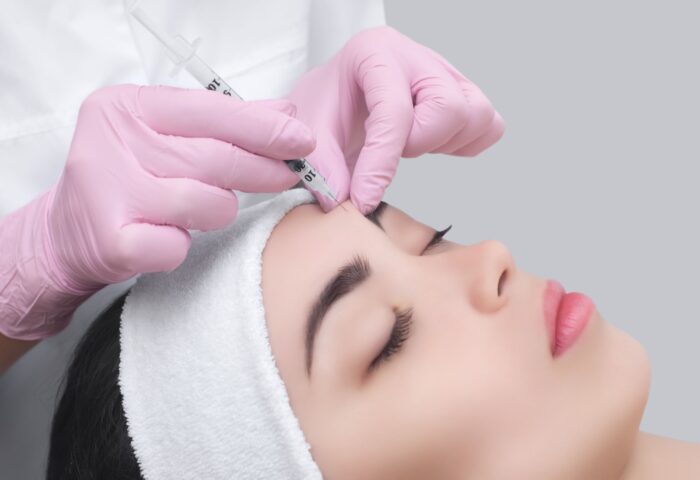
To comprehend the effects, it is essential to understand its mechanism of action. Botox works by temporarily blocking nerve signals to the muscles, causing them to relax. The neurotoxin inhibits the release of acetylcholine, a neurotransmitter responsible for muscle contractions. By doing so, it prevents the repetitive muscle movements that lead to the formation of wrinkles.
When injected into specific areas, such as the forehead or around the eyes, it reduces muscle activity, resulting in a smoother and more youthful appearance. It is crucial to note that it does not address the underlying causes of aging, such as collagen loss or sun damage. If you’re considering cosmetic surgery in Glasgow, understanding the workings of Botox can help you make an informed decision about your treatment options.
Examining the long-term effectiveness
One of the primary reasons individuals seek these treatments is to reduce the appearance of wrinkles. While Botox undeniably offers immediate results, its long-term effectiveness is a subject of debate. Some studies suggest that regular injections can lead to the weakening of muscles over time, reducing the severity of wrinkles in the treated areas. However, the effects vary from person to person, and the degree of improvement depends on various factors, including the depth of wrinkles and the individual’s skin type. It is crucial to manage expectations and consult with a qualified professional to determine if it is the right option for long-term wrinkle reduction.
Exploring the additional benefits
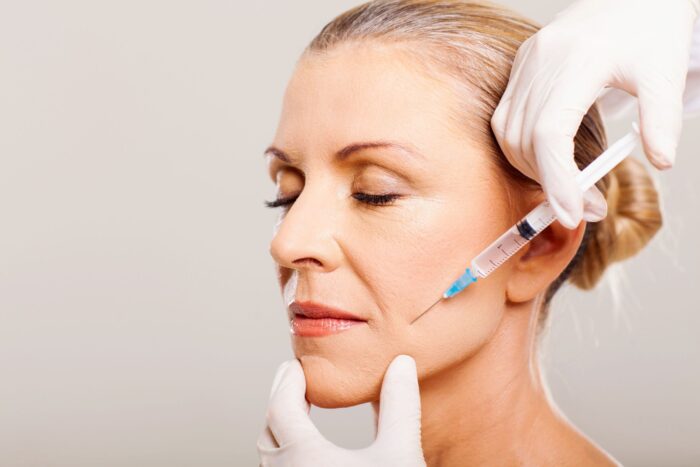
While Botox is predominantly known for its wrinkle-reducing properties, it offers additional benefits beyond cosmetic improvements. Medical professionals have found it to be effective in treating various conditions, such as chronic migraines, excessive sweating (hyperhidrosis), muscle spasms, and even certain types of urinary incontinence. By targeting specific muscles or glands, it can provide relief and improve the quality of life for individuals suffering from these conditions. The versatility has expanded its applications, making it a valuable tool in both cosmetic and medical settings.
Addressing the potential risks and side effects
As with any medical procedure, it is crucial to consider the potential risks and side effects associated with Botox treatments. While Botox is generally considered safe when administered by qualified professionals, there are potential risks involved. Common side effects include bruising, swelling, and temporary muscle weakness at the injection site. In rare cases, individuals may experience more severe complications, such as infection, allergic reactions, or asymmetrical results. To mitigate these risks, it is essential to choose a reputable and experienced provider and communicate openly about any pre-existing medical conditions or allergies.
Analyzing the impact of Botox on self-esteem
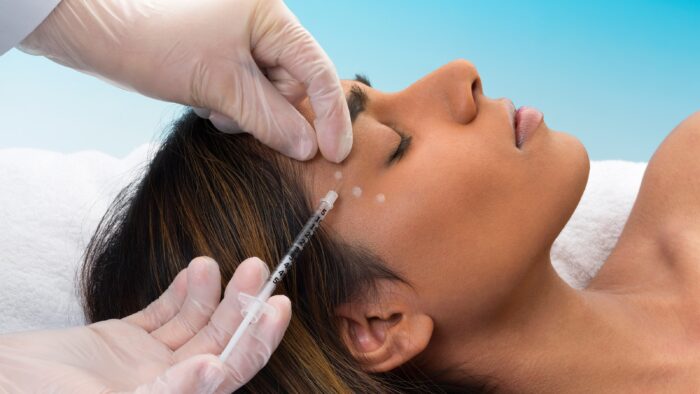
Cosmetic procedures, including Botox, can have a profound impact on an individual’s self-esteem and body image. Many people who undergo Botox treatments report feeling more confident and satisfied with their appearance. Reducing the appearance of wrinkles can help individuals regain a youthful look and potentially enhance their self-perception. However, it is crucial to maintain realistic expectations and understand that external changes alone cannot address deeper psychological issues. It is essential to approach cosmetic procedures as a complement to overall well-being and seek professional guidance to ensure a healthy mindset.
Investigating the duration of effects
When considering Botox treatments, understanding the duration of its effects is vital. On average, the effects last between three to six months, after which further injections are necessary to maintain the desired appearance. However, the longevity of results can vary depending on individual factors, such as metabolism, muscle strength, and the amount of Botox administered. Additionally, regular treatments over an extended period may lead to longer-lasting effects due to muscle weakening. To sustain the desired outcome, it is important to follow a personalized treatment plan and consult with a qualified professional for guidance.
Managing the upkeep of Botox treatments
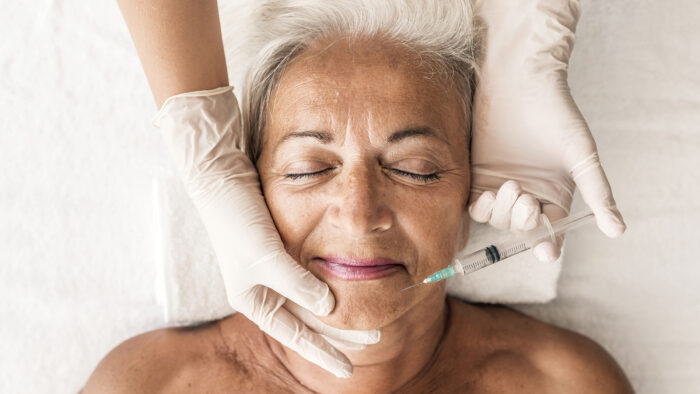
It is essential to consider the ongoing maintenance and associated costs when opting for Botox treatments. Since the effects are temporary, regular sessions are necessary to sustain the desired outcome. The frequency of treatments will depend on individual factors and preferences. However, it is generally recommended to have Botox injections every three to six months. The costs of treatments can vary depending on several factors, including the provider’s expertise, geographic location, and the number of treatment areas. It is advisable to discuss pricing and develop a comprehensive plan with a reputable provider to manage maintenance and associated expenses effectively.
Comparing Botox with other anti-aging procedures
While Botox has become a go-to choice for many individuals seeking anti-aging treatments, it is essential to consider alternative options. Dermal fillers, for example, are injectable substances that plump and volumize the skin, reducing the appearance of wrinkles and restoring lost facial volume. Other treatments, such as chemical peels, laser resurfacing, and microdermabrasion, can also address various signs of aging. Each procedure has its unique advantages and considerations, and the most suitable option depends on individual goals, expectations, and medical advice. Consulting with a qualified professional can help determine the most appropriate treatment plan for achieving desired outcomes.
Discuss the ethical implications
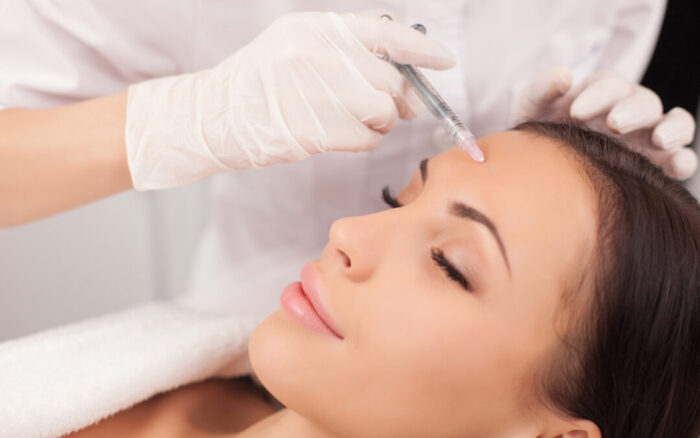
The use of Botox in cosmetic surgery raises ethical considerations that warrant discussion. Critics argue that the pursuit of eternal youth through invasive procedures perpetuates unrealistic beauty standards and reinforces societal pressure to maintain a youthful appearance. It is essential to foster a culture that values diverse forms of beauty and emphasizes self-acceptance and self-care.
While cosmetic procedures can enhance confidence and well-being, it is crucial to approach them with informed consent, prioritizing individual autonomy and mental health. The ethical implications surrounding it and other cosmetic treatments must be carefully evaluated and considered in the context of societal values and evolving perspectives.
Conclusion: Reflecting on the future of Botox in cosmetic surgery
Botox has revolutionized the field of cosmetic surgery, offering individuals an effective and minimally invasive option for reducing wrinkles and achieving a more youthful appearance. It is versatility and additional medical applications have further solidified its position as a valuable tool in both cosmetic and medical settings. However, it is crucial to approach Botox treatments with realistic expectations, considering factors such as safety, the longevity of results, maintenance, and associated costs.
Furthermore, it is important to reflect on the ethical implications of pursuing cosmetic procedures and strive for a balanced approach that promotes self-acceptance and individual well-being. As technology and research advance, the future of Botox in cosmetic surgery will continue to evolve, and it is our responsibility to navigate this landscape thoughtfully and responsibly.








